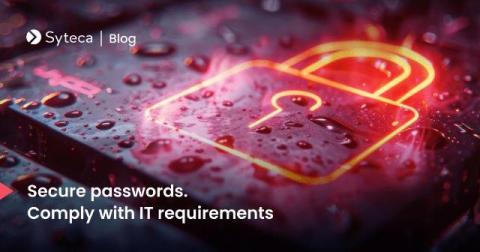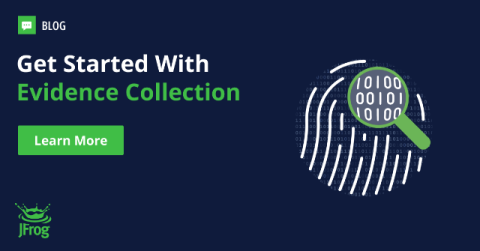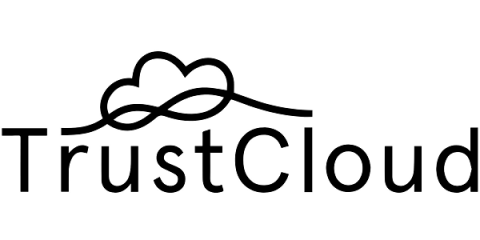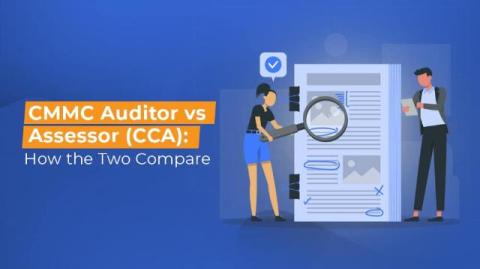A data-driven look at the top security tools for startups
As a startup founder, security might not be the first thing on your mind. You’re busy building features, finding product-market fit, and growing your customer base. But security isn’t just a nice to have—it’s essential to helping you hit key milestones faster, from winning larger customers to securing your next round of funding.











